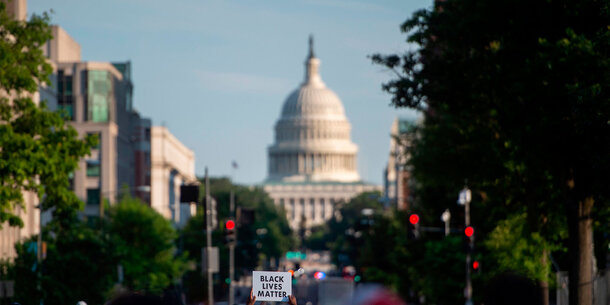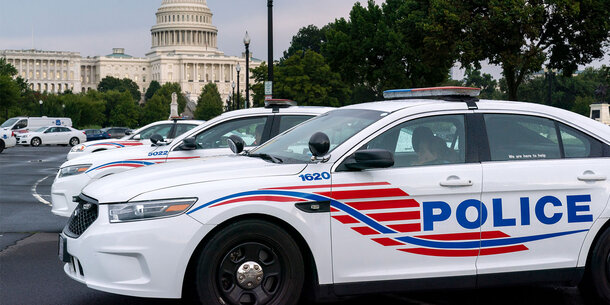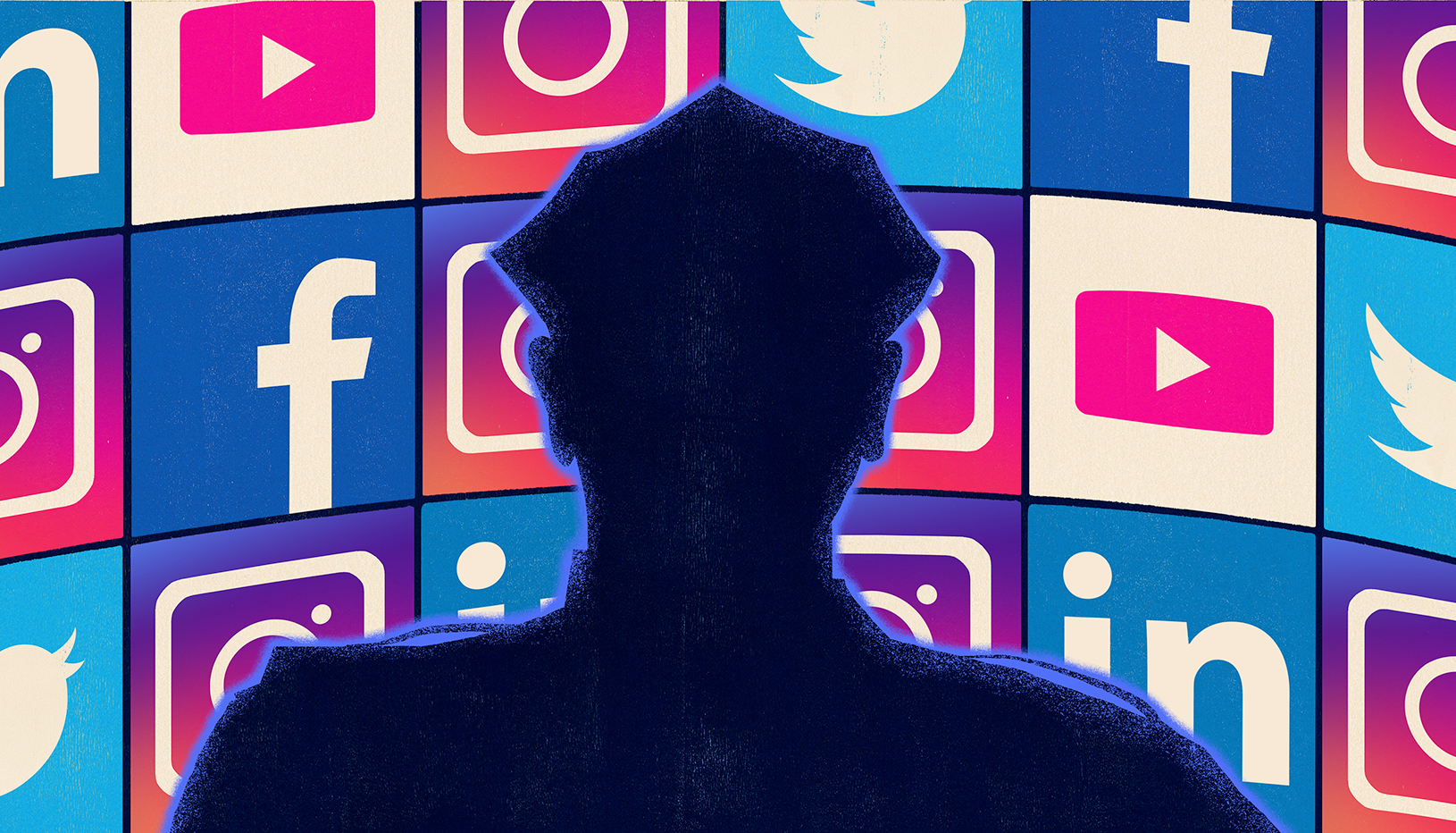On December 15, 2020, the Brennan Center for Justice and Data for Black Lives (D4BL) submitted a public records request to the Washington, DC, Metropolitan Police Department (MPD) for information on how the department uses social media to collect information about individuals, groups, and First Amendment–protected activities. The Brennan Center and D4BL also submitted a request to the DC Office of Contracting and Procurement (OCP) on March 17, 2021, seeking information about vendors with which the district has contracted to collect information from social media.
As the Brennan Center has repeatedly warned, law enforcement agencies across the country gather information from social media platforms like Facebook, Twitter (now X), and Instagram in ways that disparately harm communities of color and often infringe upon constitutionally protected speech. In the district, previous reporting indicated that the MPD has conducted broad monitoring of First Amendment–protected activity, including Black Lives Matter demonstrations and protests against police brutality during the summer of 2020. But members of the public lack an adequate understanding of how law enforcement agencies use social media to monitor, track, and investigate them online. This public records request is a part of the Brennan Center’s series of public records requests to police departments nationwide to shed light on this surveillance.
After the MPD produced only a handful of documents, we submitted an appeal to the DC Mayor’s Office of Legal Counsel on December 22, 2021, challenging the adequacy of the district’s response to our request. The Brennan Center and D4BL, represented pro bono by Ballard Spahr LLP, sued the District of Columbia on March 1, 2022, to obtain the documents to which we were legally entitled. On October 13, 2022, we submitted an additional public records request for documents related to the MPD’s use of undercover social media accounts.
- Read the MPD public records request here.
- Read the OCP public records request here.
- Read the undercover accounts records request here.
- Read the administrative appeal here.
- Read the Brennan Center’s and D4BL’s complaint here.
- Read the Brennan Center’s and D4BL’s motion for partial summary judgment here.
- Read the Brennan Center’s and D4BL’s motion for summary judgment here.
Overall, we obtained over 160,000 documents, totaling almost 750,000 pages. The documents that the MPD produced fall into five broad categories: monitoring of protests and assemblies, monitoring of communities of color, undercover social media activity, documents related to MPD criminal research specialists, and engagement with vendors of social media monitoring tools.





